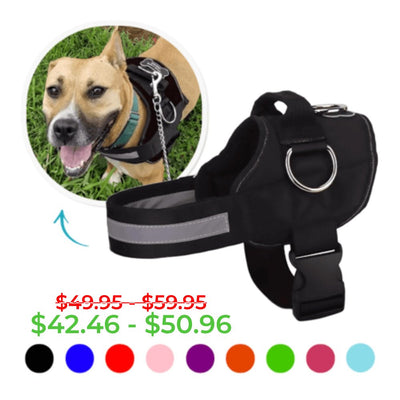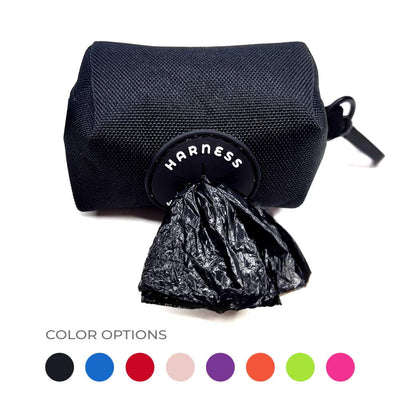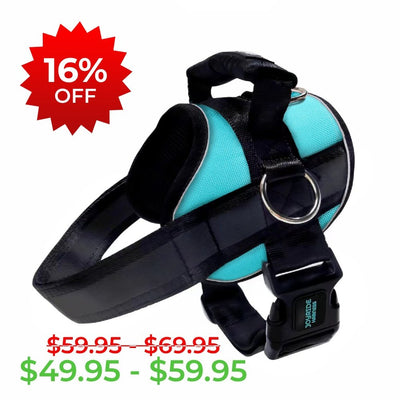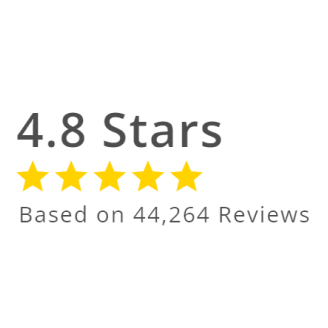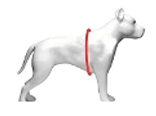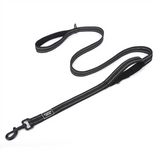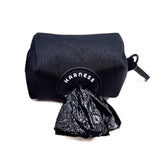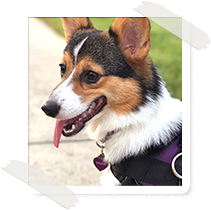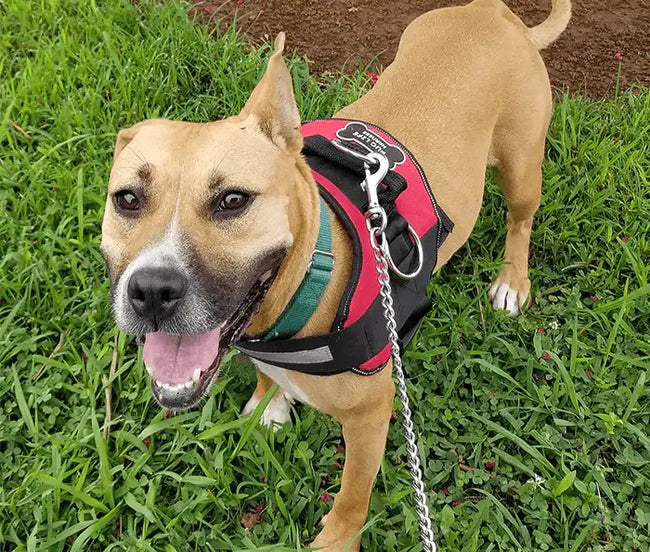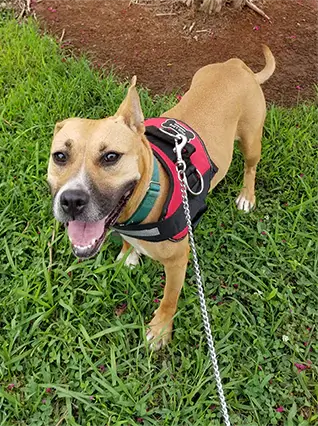Your Senior Dog Can Still Do Sports
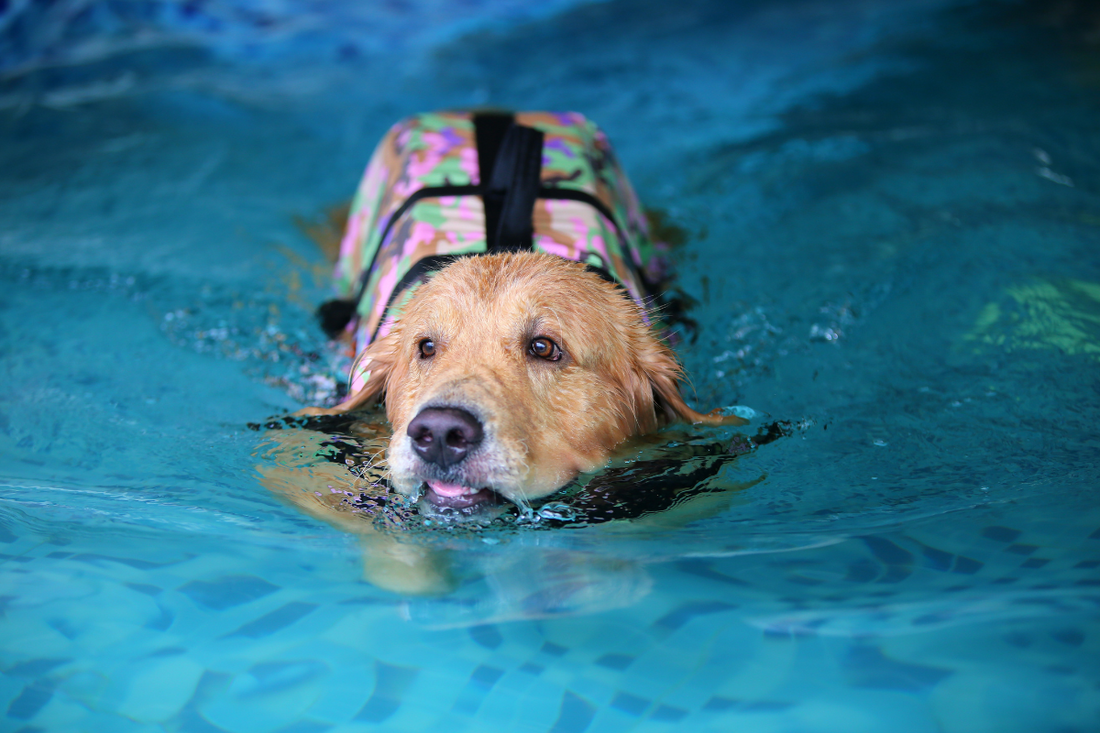
You remember the days—your dog bounding through the backyard, chasing squirrels like their life depended on it, zooming around the house, tail wagging with endless energy.
Now, the pace is slower. The naps are longer. And while they still light up at the sound of your voice, your senior dog may not leap off the couch quite like they used to.
But here’s something every dog parent needs to know: growing older doesn’t mean growing idle. In fact, your dog needs activity now more than ever—just a different kind.
So let’s dig into why movement matters in the later years, what types of activities still work, and how to create a life full of joy, purpose, and play for your aging best friend.
Why Activity Still Matters for Senior Dogs

It’s easy to assume older dogs should just “take it easy,” but cutting back too much can do more harm than good.
Here’s what regular activity supports in senior dogs:
-
Joint mobility and muscle tone – Movement prevents stiffness and can delay arthritis progression.
-
Mental sharpness – Learning new tricks or playing games keeps their brain buzzing and combats cognitive decline.
-
Digestive and heart health – Like in humans, staying active helps regulate weight, improves circulation, and aids digestion.
-
Emotional well-being – Dogs thrive on purpose and connection. Activities build confidence and joy.
💡The takeaway: Just like us, senior dogs don’t need to “retire” from play—they just need their activities adjusted.
Understanding Your Senior Dog

Senior dogs go through more than just physical changes. They might experience:
-
Reduced stamina – They may tire faster or need longer rest breaks.
-
Hearing or vision loss – Some activities may need to be guided by scent or touch.
-
Arthritis or joint pain – This can affect their gait, comfort, and confidence.
-
Anxiety or disorientation – Dogs with cognitive dysfunction may become confused or fearful more easily.
That’s why choosing the right activity—both safe and enjoyable—is so important. The goal is to encourage movement without overexertion.
Activity Ideas Tailored to Senior Dogs
Here’s how you can get your older pup moving in ways that support their body and mind.
Scent Work: Engage Their Superpower
Your dog’s nose stays sharp even as other senses fade. Hide treats or toys around the house and let them sniff them out. It’s a low-impact way to mentally stimulate and reward them.
💡Pro tip: Use one room at first, then increase the challenge gradually. Even five minutes of sniffing can be mentally exhausting (in a good way!).
Gentle Walks With Purpose

Walks may be slower now, but they’re still vital. Let your dog lead the pace. Try new paths, let them stop and sniff, and keep it short if needed.
💡Gear tip: Consider switching to a harness designed for comfort and support—like the Joyride Harness, which reduces pulling and provides balance for dogs with joint discomfort.
Trick Training & Canine Freestyle
Yes, older dogs can learn new tricks. Teaching “touch,” “spin,” or even low-energy dance moves set to music isn’t just cute—it sharpens their minds and builds confidence.
Keep sessions short and use high-value treats. You’ll be amazed at how engaged they become.
Swimming for Strength
If your dog enjoys water, swimming is one of the best low-impact workouts. It builds muscle, supports the heart, and is easy on joints.
Caution: Always supervise, and consider a doggy life vest. Not all dogs take to water naturally—especially seniors.
Interactive Puzzles & Toys
 Mental enrichment counts as activity, too. Toys that require sniffing, nudging, or problem-solving give your dog a job and reward their curiosity.
Mental enrichment counts as activity, too. Toys that require sniffing, nudging, or problem-solving give your dog a job and reward their curiosity.
Rotate puzzles weekly to keep it fresh. Frozen treat-filled toys can also help with dental comfort and boredom.
Senior Agility or Balance Games
Skip the jumps and tight turns. Try wobble boards, tunnels, or low poles your dog can step over. These build balance and core strength safely.
Remember: Always observe your dog for signs of fatigue or discomfort. Rest is just as important as activity.
How to Read Your Dog’s Cues
 Older dogs can’t always say, “I’m tired” or “that hurts.” Watch for:
Older dogs can’t always say, “I’m tired” or “that hurts.” Watch for:
-
Limping or favoring a leg
-
Reluctance to move
-
Panting or stress signals (whining, pacing)
-
Loss of interest in activities they usually enjoy
Adjust the intensity as needed. Some days they’ll be up for more; other days, less. Flexibility is the key to consistency.
Just because your dog is in their golden years doesn’t mean the adventure is over. In many ways, it’s just beginning—slower, sure, but deeper, more intentional, and filled with heart.
Keep moving, keep connecting, keep playing. Because every activity you do together, no matter how small, is a memory in the making.
And for your senior dog? Every moment matters.
--
This is just a sampling of informational roundups we offer at Joyride Harness. You can find more tips and tricks and how-to’s for caring for your dog on our blog at this section. Feel free to leave a comment with things you’re looking for!


